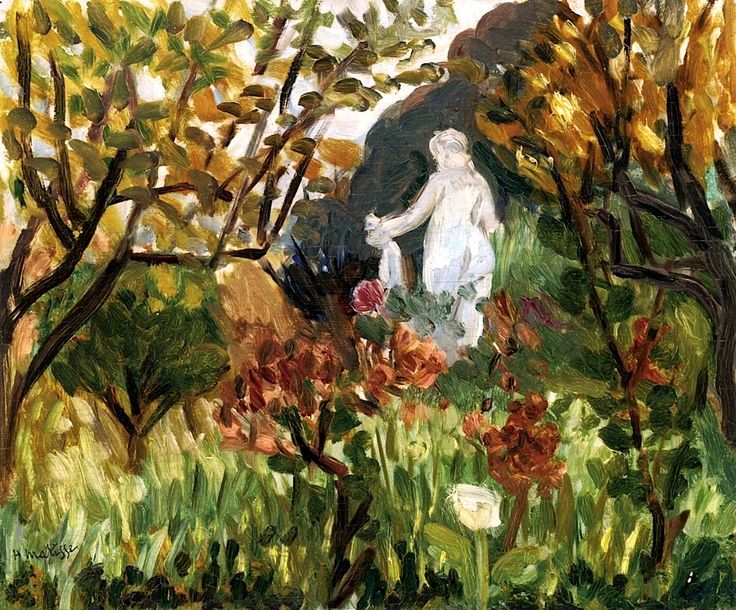A Complete Analysis of “Renoir’s Garden” by Henri Matisse

“Renoir’s Garden” (1917) is Matisse’s lush homage to Pierre-Auguste Renoir: a small canvas of trees, blossoms, and a pale garden statue painted with calligraphic darks, warm greens, and even light. This analysis explores composition, palette, brushwork, the role of black contour, the statue’s meaning, wartime context, and why the picture’s balance of influence and invention still feels fresh.
















